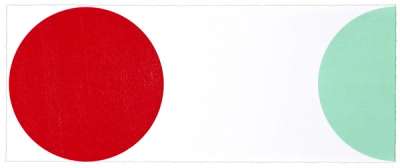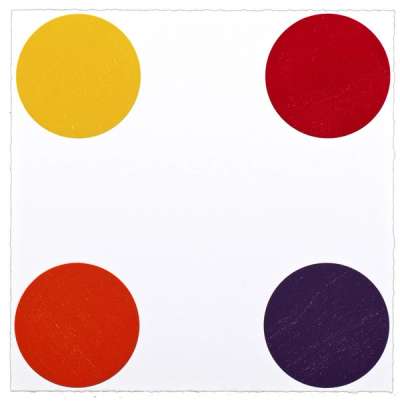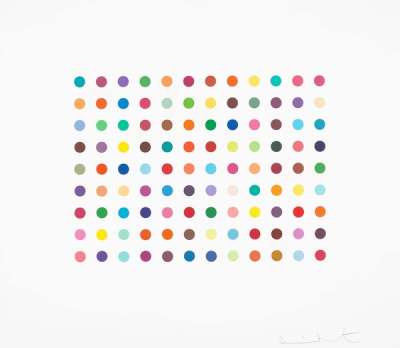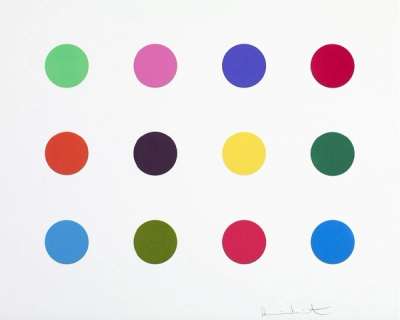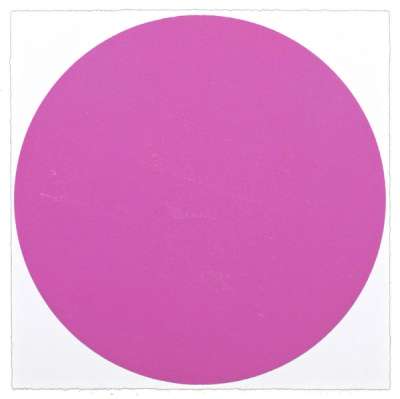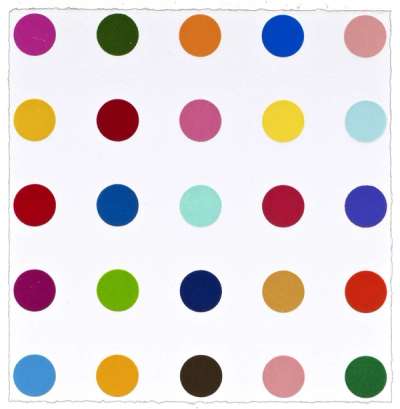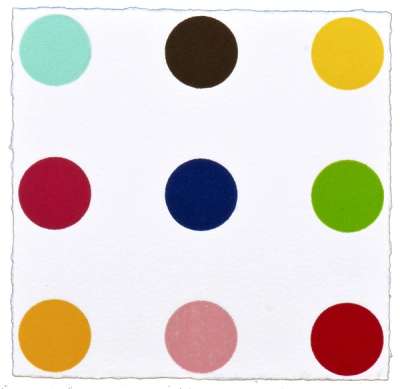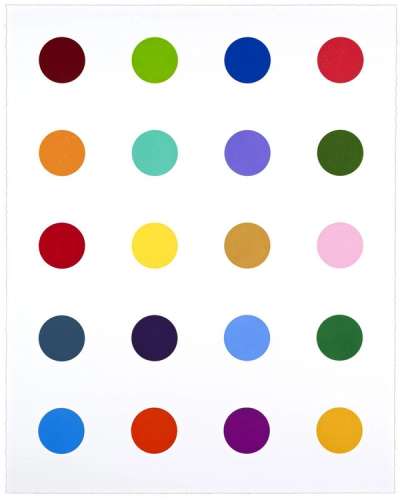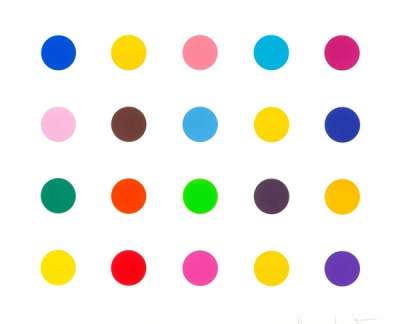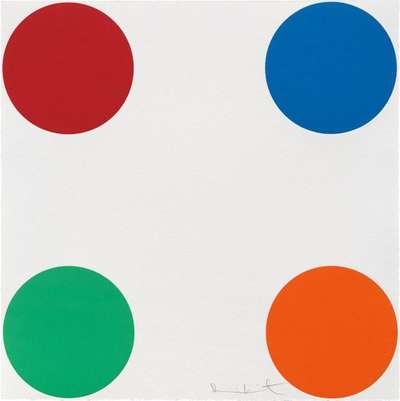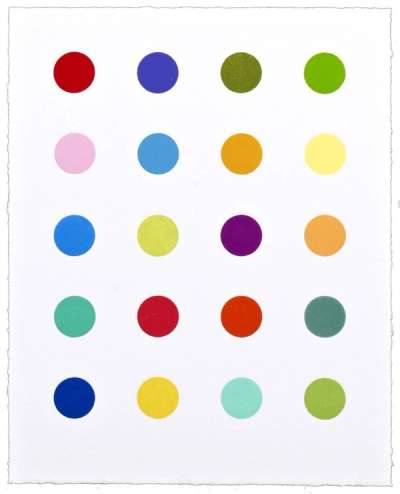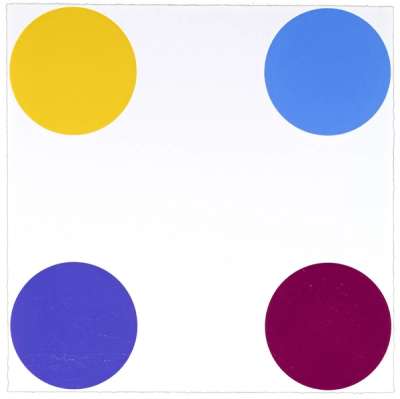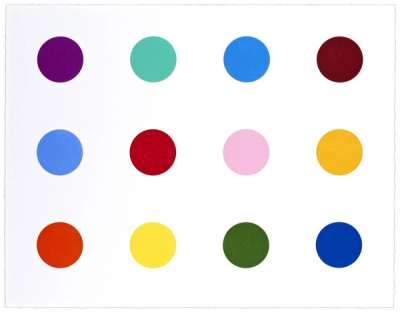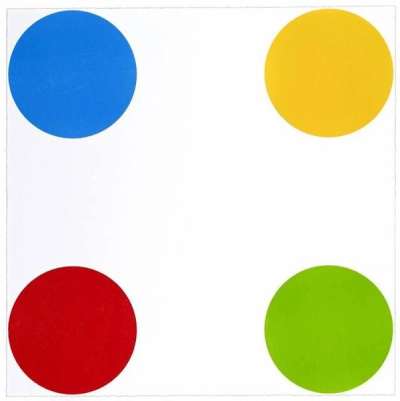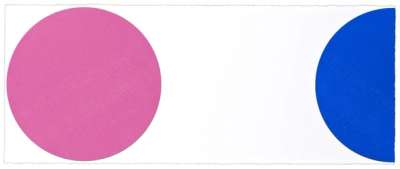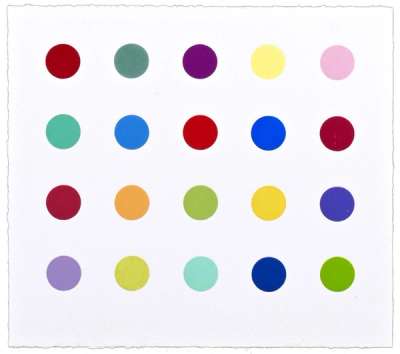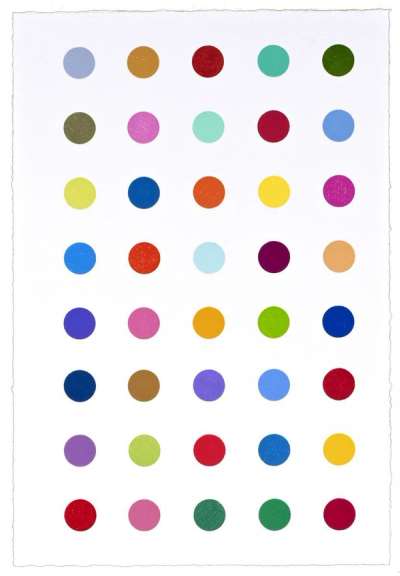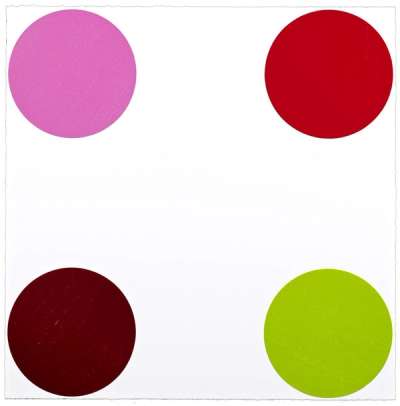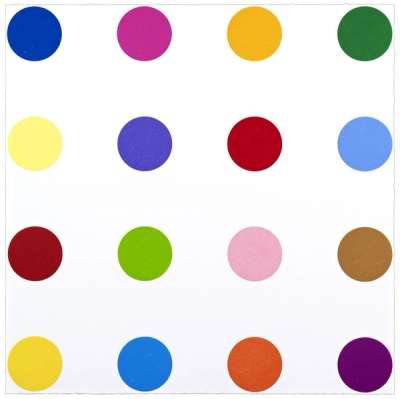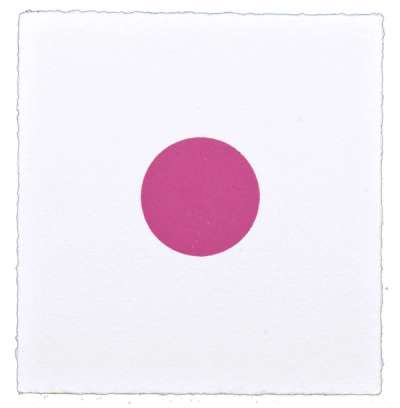
Fast Scarlett TR Base

Fast Scarlett TR Base
Signed Print
Damien Hirst
£17,000-£26,000Value Indicator
$35,000-$50,000 Value Indicator
$30,000-$45,000 Value Indicator
¥150,000-¥240,000 Value Indicator
€20,000-€30,000 Value Indicator
$160,000-$250,000 Value Indicator
¥3,210,000-¥4,910,000 Value Indicator
$21,000-$30,000 Value Indicator
AAGR (5 years) This estimate blends recent public auction records with our own private sale data and network demand.
There aren't enough data points on this work for a comprehensive result. Please speak to a specialist by making an enquiry.
Medium: Woodcut
Edition size: 55
Year: 2011
Size: H 65cm x W 79cm
Signed: Yes
Format: Signed Print
TradingFloor
Track this artwork in realtime
Watch artwork, manage valuations, track your portfolio and return against your collection
Track auction value trend
Auction Results
| Auction Date | Auction House | Location | Hammer Price | Return to Seller | Buyer Paid |
|---|---|---|---|---|---|
| May 2021 | Palm Beach Modern Auctions | United States | |||
| July 2014 | Christie's New York | United States |
Meaning & Analysis
Fast Scarlet TR Base is a woodcut print from Damien Hirst’s 40 Woodcut Spots series from 2011. The print is a landscape-oriented composition showing four rows of five spots, every spot the same size and each a different colour. Every print in the series is unique despite their shared grid composition formula.
The 40 Woodcut Spots series is reminiscent of a vast body of work in Hirst’s oeuvre that has become iconic to his name. Hirst has created over 1000 spot paintings throughout his career between 1988 and 2011. Each with the same pictorial and optical efficiency it is almost impossible to decipher each spot painting from one another. Despite their deceiving simplicity, these works are laborious and painstaking to produce.
The first spot paintings were hand-painted spots that were messy, expressionist and dripped down an 8ft-by-12ft panel, created by Hirst in the final stages of the Freeze exhibition. The two painted arrangements of coloured spots onto the wall of the warehouse, titling them Edge and Row respectively and were first displayed in 1988. The Freeze exhibition marked a turning point in Hirst’s career where he began to employ assistants to create the spot paintings. This was part of the artist’s aims towards creating works that appear to have been produced mechanically and without human intervention.
